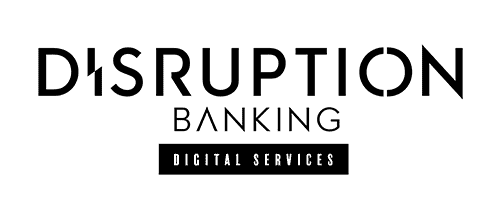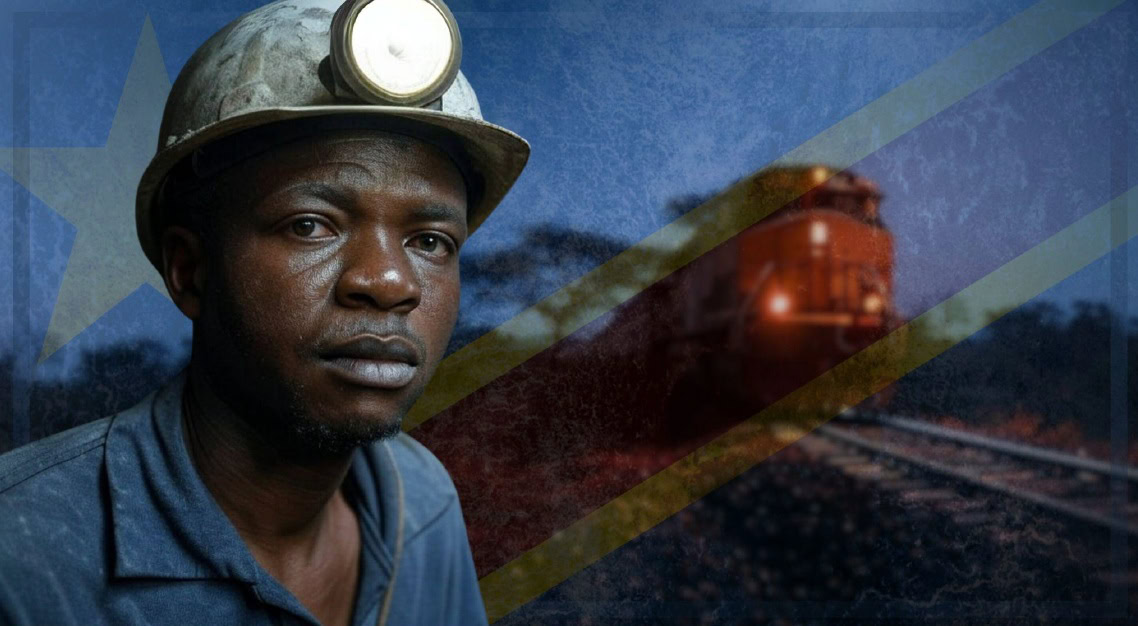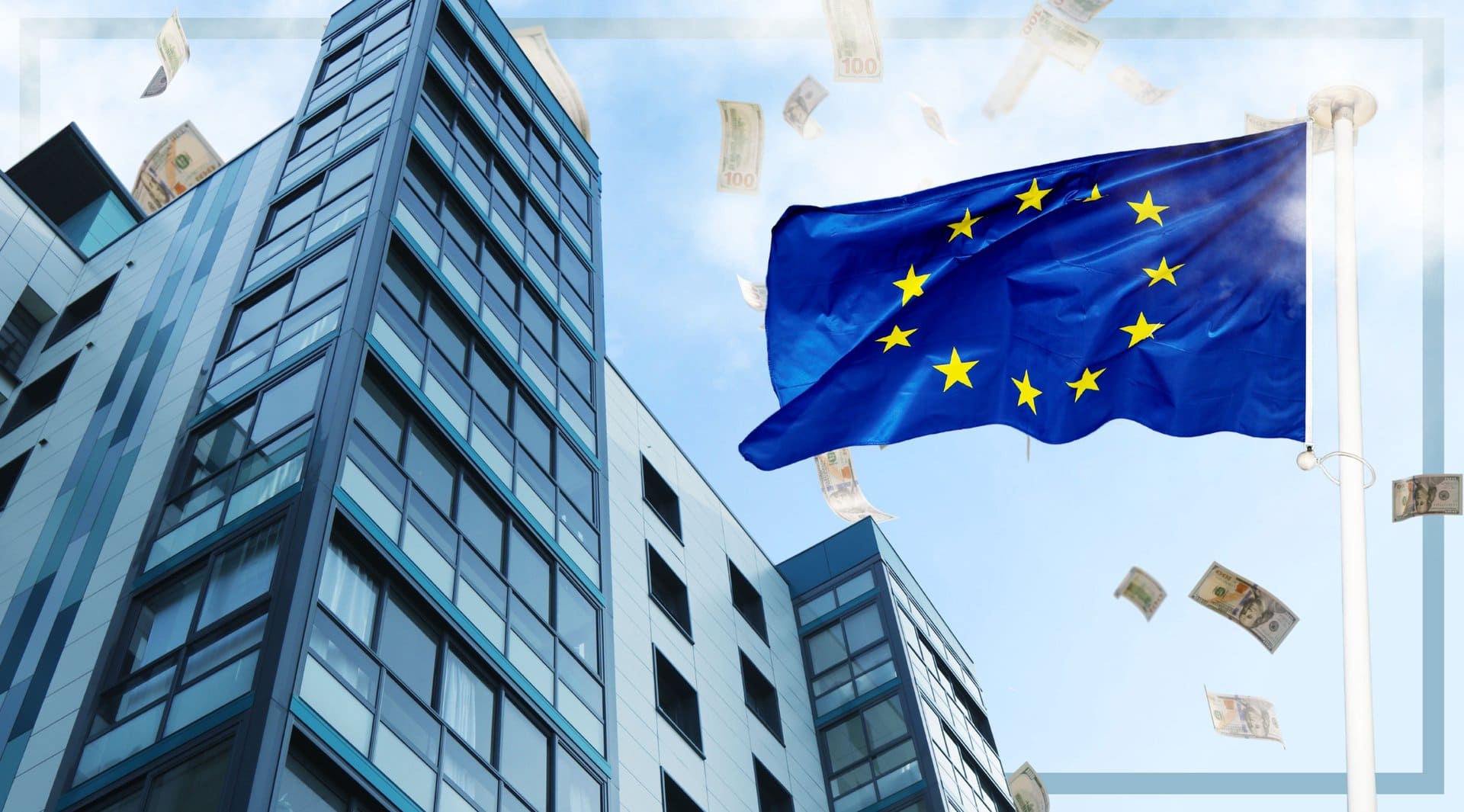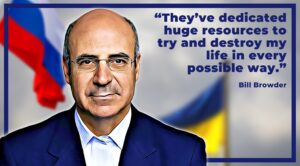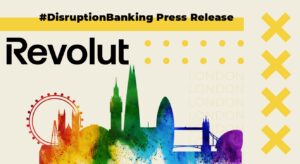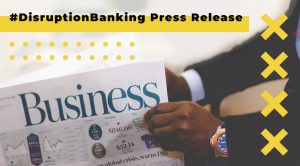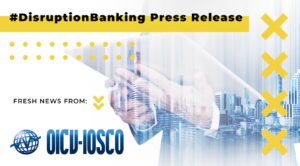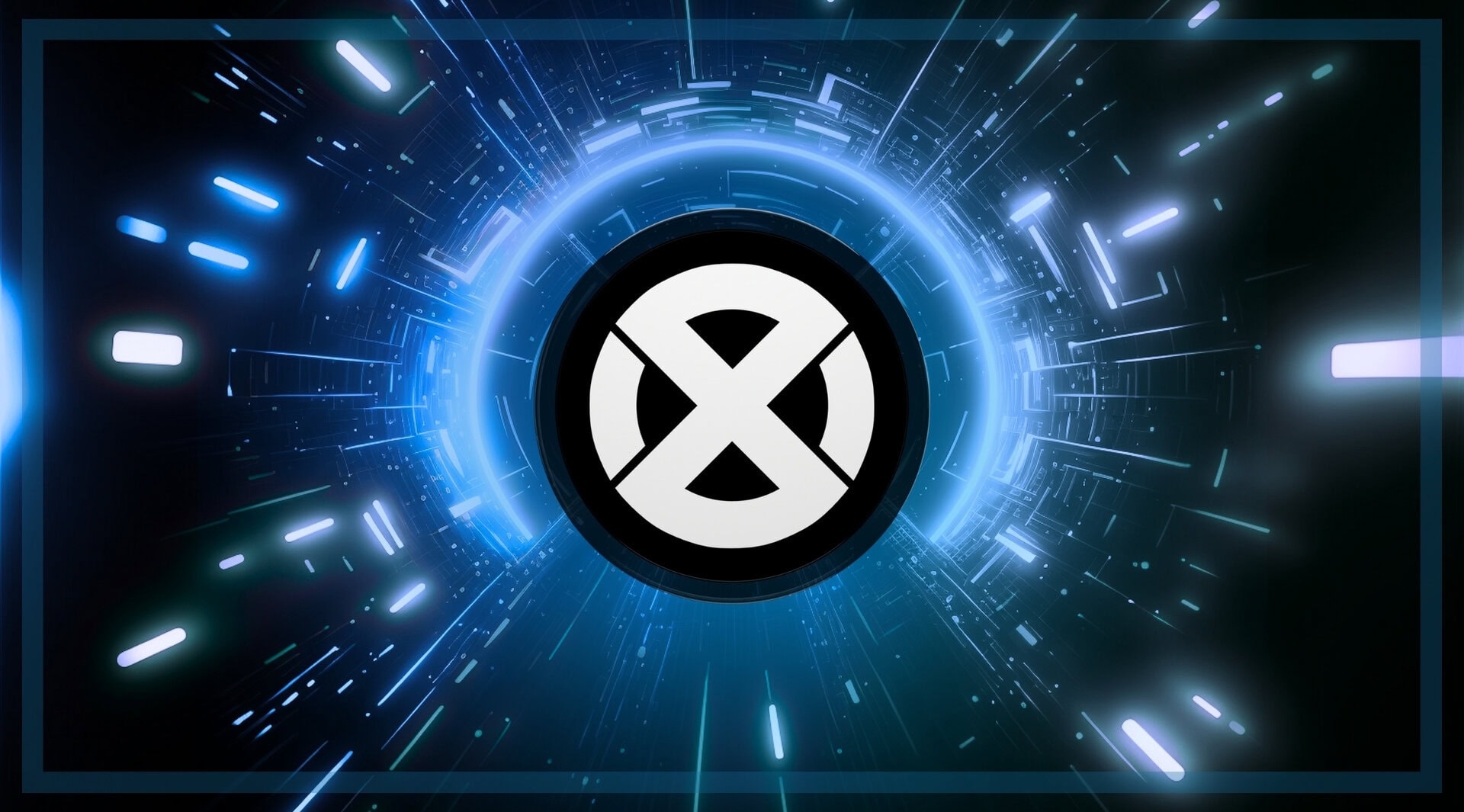In 2023 The United States and the European Union started new efforts to secure access to critical mineral resources in Africa. As our readers know, the Democratic Republic of Congo or DRC is one of the most mineral rich countries in the world. It is also the place that is known as the home of ‘conflict minerals’. Today we look at whether the Lobito Corridor can help relieve the suffering of the people of the DRC.
Leaders of the G7 Partnerships for Global Infrastructure (PGII) launched the Lobito Corridor Initiative, connecting the DRC, Angola, and Zambia to global markets in May of 2023. The corridor begins in the port of Lobito on the central coast of Angola and stretches through the DRC, eventually reaching Zambia. This $6 billion initiative comes at a critical time in global – African relations, as new foreign policies aim to promote economic growth and equitable access to a market. A market previously dominated by Chinese investment through the Belt and Road Initiative.
A glimmer of hope for improvement in the DRC has emerged following a lull in Chinese investment, which has opened the door to alternative investors like the EU and the U.S.
The Lobito Corridor will link Zambia with the Atlantic Ocean and will catalyse trade and investment. pic.twitter.com/VFFIxN5Fwh
— Jito Kayumba (@JitoKayumba) July 3, 2024
What is the Lobito Corridor Initiative?
The Lobito Corridor Initiative emphasizes the role of sustainability in the DRC. It does this through local job creation, responsible resource management, and environmental damage prevention. The project aims to renew a sense of optimism, especially in terms of alternative infrastructure to counterbalance China’s stronghold on natural resources in the region.
A joint statement from the U.S. and the EU claims that “by significantly reducing the average transport time, the Corridor will lower the logistics costs and carbon footprint for exporting metals, agricultural goods, and other products as well as for future development of any mineral discoveries.”
The project expects to bring upwards of 30,000 new jobs to the region. This is on top of the Kivu-Kinshasa Green Corridor’s anticipated 500,000 new jobs. It sparks a glimmer of hope for restoring security to the DRC while utilizing its resources in an equitable manner. Additionally, the Virunga Alliance increased protections for the largest national forest in Africa. This forest also happens to be the world’s largest land-based carbon sink. Its mission is to promote peace and create 100,000 jobs which serve as an alternative path for members of armed groups in the region.
This increase in ESG investing brings with it the expectation of accountable sustainability. The development of policies such as the Dodd-Frank Act in the U.S., requires due diligence regarding the use of conflict minerals. Conflict minerals include tantalum, tungsten, and cobalt.
Recently, the DRC filed criminal charges against Apple, accusing them of using conflict minerals in their supply chain. Apple responded:
“As conflict in the region escalated earlier this year we notified our suppliers that their smelters and refiners must suspend sourcing tin, tantalum, tungsten, and gold from the DRC and Rwanda.”
“We took this action because we were concerned it was no longer possible for independent auditors or industry certification mechanisms to perform the due diligence required to meet our high standards.”
“We recognize the situation in the region is very challenging and we have increased our support to organizations that do vital work helping communities,” Apple said.
Is Big Tech Reacting to Conflict in DRC appropriately?
Some of our readers may tend to think that Apple could do more. Stories of cases filed against Google, Microsoft, Tesla, Apple, and others have been ongoing since the late 2010s. While strides have been made toward rejuvenating hope in the DRC, the humanitarian crisis plaguing the country remains unresolved. Many think that Big Tech could do more.
Efforts in sustainable development, accountability, and transparency are not working. With over 73% of local communities living in poverty, the DRC ranks within the top 5 poorest countries in the world. The World Bank Group reports that displacement, violence against women and children, child labor, inaccessibility to clean water and food, along with less than $2.15 a day living wage are normal occurrences in the DRC. These are just a few factors that explain the DRC’s 161st placement on the prosperity index scale, out of 167.
What Does the Future Hold for the People of the DRC?
More than half of the world’s cobalt resources are in the DRC, with over 70% of cobalt mining based in the country. Cobalt mining and other raw material extraction are expected to increase by 60% by 2060.
Cobalt is as an essential mineral in producing many electronic devices, whose development is crucial to moving toward clean energy. However, the cost of clean energy comes at a grave price. Exploitative child labor runs rampant in the mining sector of the DRC. An estimated 40,000 child laborers, some as young as six years old, work in subhuman conditions to fuel the transition to clean energy.
Violence against children has reached a record high in the Congo according to the United Nations Monitoring and Reporting Scheme, with a “30% increase in grave violations against children in eastern DRC during the first quarter of 2024 compared to the last three months of 2023.”
The DRC also holds the record for the highest level of verified sexually violent cases against children. Amnesty International reported that upwards of 7 million Congolese have been displaced from their homes. Many of these people were forcibly removed due to violence or mining expansion efforts.
The threat of displacement due to mining expansion efforts is not the only environmental threat. A United Nations policy brief explored the potential challenges at the regional scale in the development of the Lobito Corridor. The brief highlights the benefits of a new railway for central Africa. But it also highlights some of the concerns. For instance, when it comes to land acquisition, which may necessitate relocating communities. “In most cases, inhabitants suffer from inhuman treatment from authorities to implement land acquisition.”
There is some reason for hope. The brief further outlines how “the duties of the three governments [involved in the Lobito Corridor Initiative] is to respect and protect the human rights of individuals against human rights abuse.”
The Lobito Corridor Transit Transport Interim Secretariat Headquarters has been launched in Lobito, Angola, marking a critical step in boosting economic integration and infrastructure development between Angola, Zambia, and the DRC.
— Railways Africa Magazine (@RailwaysAfrica) February 3, 2025
Key projects include the Zambia-Lobito… pic.twitter.com/rknd5cloXR
What About the New U.S. Administration?
The change in American administration as President Donald Trump takes on his second term marks a moment of uncertainty in US – Africa foreign policy. As the U.S. is the primary contributor to the Lobito Corridor, former President Joe Biden promised an additional $560 million to the project in December of 2024.
The totality of U.S. investment has reached $4 billion. With the change in administration, a new question arises, will President Trump’s priorities in investment shift the commitments made under the previous administration? Anthony Eterno, the First Secretary at the US embassy in Zambia highlighted the new administration’s commitment to the project, claiming that “the relationship between the U.S. and Angola is quite sustainable. The projects underway will not only continue but are expected to gain momentum.”
Trump’s ‘America First’ ideology has created skepticism over the prioritization of the project, but the effort of the Lobito Corridor Initiative in displacing China’s control over global resources could impact the position of the new administration.
The current geopolitical landscape of critical minerals will heavily depend on the pressure from US companies and executive importance. However, an official statement on the future of the Lobito Corridor along with other US-Africa-based infrastructure projects has not been made by the new administration at this time.
The Lobito Port Terminal I toured today marks the start of the Lobito Trans-Africa Corridor – a bridge between the Atlantic and the Indian Ocean, and a global hub for goods that communities rely on.
— President Biden Archived (@POTUS46Archive) December 4, 2024
It represents endless possibilities for the people of Angola and the region. pic.twitter.com/EM2dFMmgEF
What Can the DRC Expect?
Will things get better for the DRC in 2025? It depends where on the map one chooses to focus one’s attention. The DRC remains a critical player in the transition to clean energy. The global efforts of European and American governments set forward a new path toward equitable access to material resources on a global scale.
With the development of the Lobito Corridor and many initiatives toward sustainability and human rights for the region, growth on every measurable level is proposed to be substantial. The truth is a clean world does not exist without mining resources from the DRC. The prospect of economic stability is enticing however, it does not include an antidote to the threat of violence, displacement, and environmental destruction facing millions of Congolese every day.
The closer a magnifying glass is held to the cobalt mines of the DRC rather than the proposed rail line running through it, the more complex the question becomes. The interplay of potential growth combined with the ever-growing challenges of the DRC requires urgency in the role of optimism in the coming years.
Author: Savannah Rice
#HumanRights #LobitoCorridor #Sustainability #DRC #Mining #ConflictMinerals #Coltan #Tungsten #BigTech
See Also:
2024: A Year Of Change For The DRC’s Mining Industry? | Disruption Banking
DRC responsible cobalt initiative needs breakthrough on mine access | Disruption Banking
Responsible gold sourcing and the long road from DRC to Dubai | Disruption Banking
